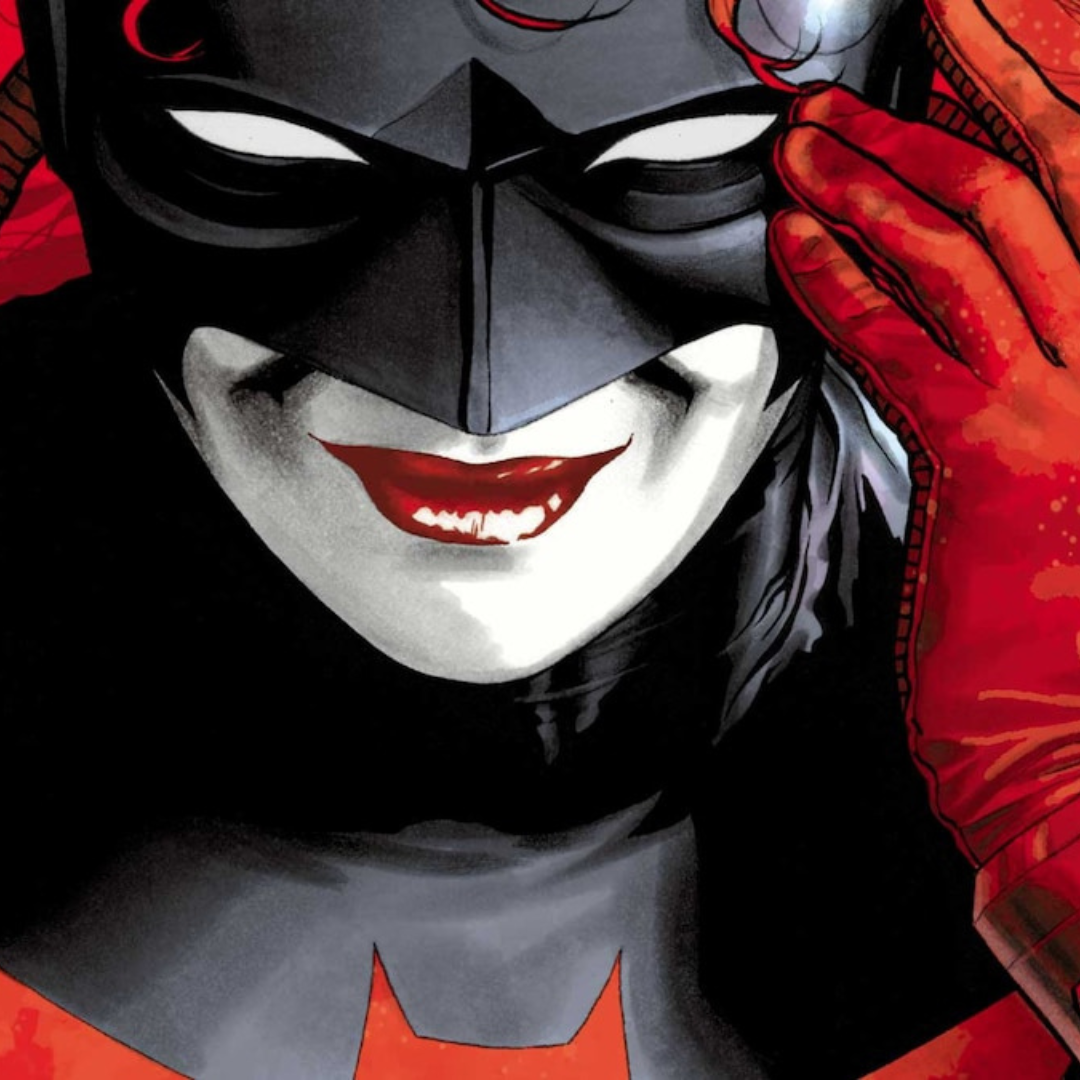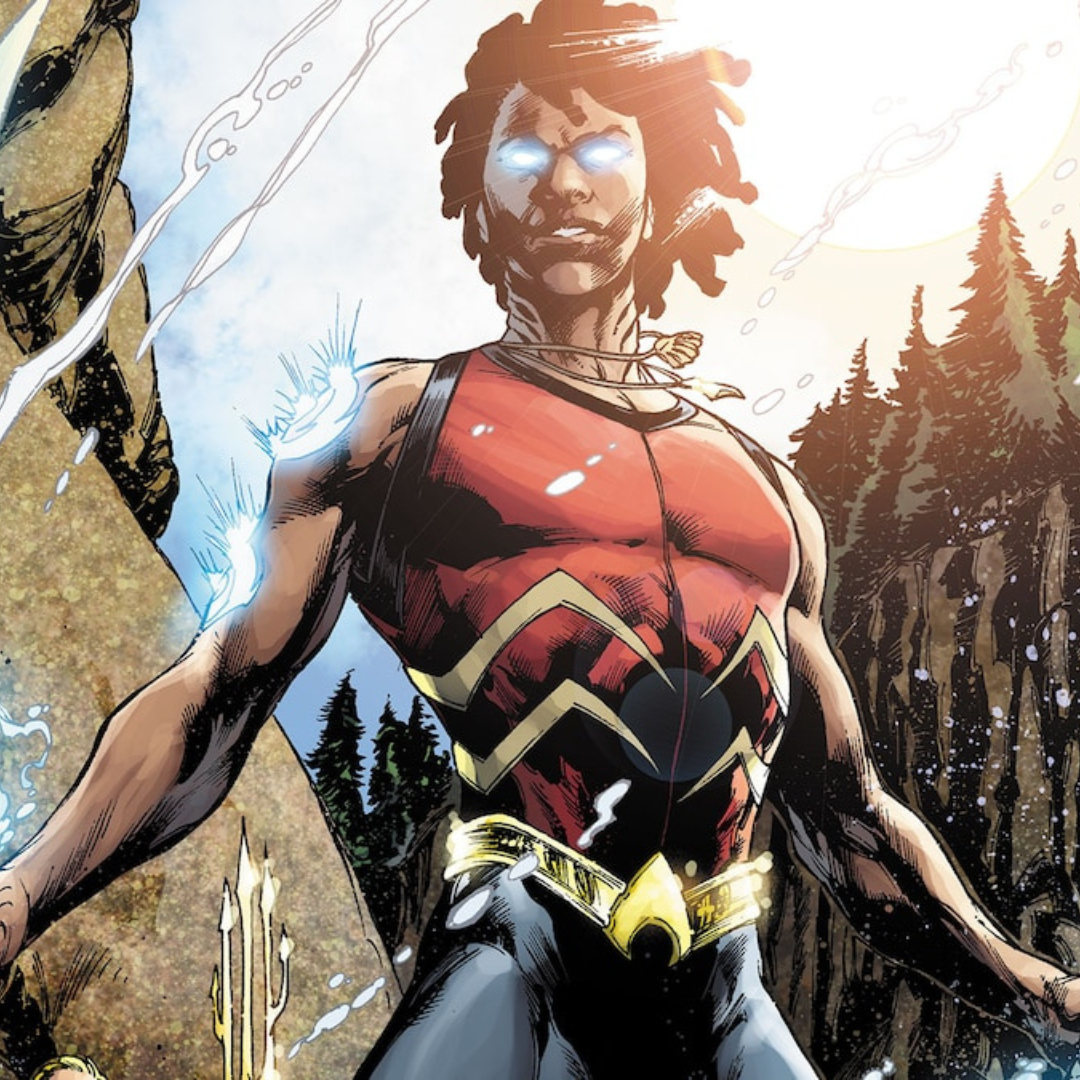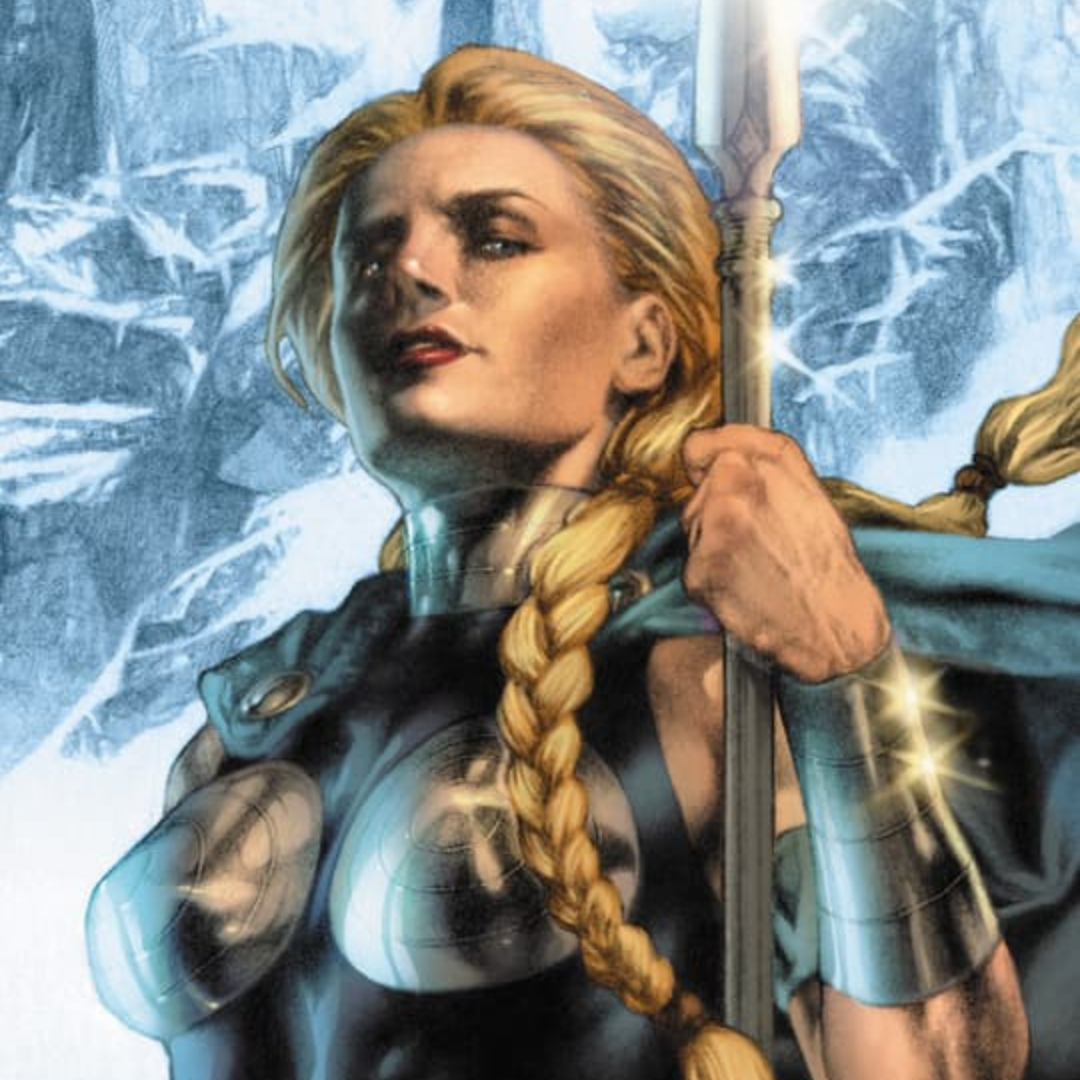Comic books have long served as a platform for exploring diverse narratives and pushing the boundaries of representation. Within the realm of superheroes, LGBTQ+ characters have emerged as powerful and influential figures, breaking stereotypes and adding layers of inclusivity to the genre.
Although the representation is not perfect, some would argue that queer representation in comic books has been far better than other mediums of pop culture. These characters have not only brought greater visibility to the community but have also fostered a sense of empowerment and belonging for readers seeking relatable and diverse role models. From Marvel to DC Comics and beyond, these queer superheroes have made their mark, captivating audiences and inspiring readers of all backgrounds.
Batwoman (Kate Kane)

Batwoman is a prominent LGBTQ+ character in the DC Comics universe. Kate Kane, who made her debut in 2006, is a highly skilled crime-fighter who takes up the mantle of Batwoman in Gotham City. She is an openly lesbian character and has been celebrated for her strong portrayal and representation. Her sexual orientation is a crucial aspect of her identity and story. Kate’s journey as a queer superhero is explored with depth and complexity, showcasing her personal struggles, triumphs and the challenges she faces both as a crime-fighter and as a member of the LGBTQ+ community.
Northstar (Jean-Paul Beaubier)
Northstar, also known as Jean-Paul Beaubier, is indeed one of Marvel Comics’ most prominent LGBTQ+ characters. He made his debut in the X-Men comics in 1979 and has since become a beloved and iconic member of the mutant superhero team. As a mutant, Northstar possesses superhuman speed, agility, and the ability to fly. However, it is his representation as a gay man that has garnered significant attention and praise. Northstar’s sexual orientation was hinted at throughout his early appearances, but it wasn’t until 1992’s “Alpha Flight” #106 that he officially came out as gay. In 1992, Northstar became one of the first openly gay characters in mainstream comic books, making him a trailblazer for LGBTQ+ representation in the industry.
Aqualad (Jackson Hyde)

Aqualad, also known as Jackson Hyde made his first appearance in 2010 and has since become a significant member of various superhero teams, including the Teen Titans and Young Justice. As Aqualad, Jackson possesses hydrokinetic powers, allowing him to manipulate and control water. He inherited these abilities from his Atlantean father and was trained by Aquaman himself, making him a formidable force in aquatic combat and exploration. His coming-out journey and the challenges he faces as a young LGBTQ+ superhero have been thoughtfully portrayed, allowing readers to connect with his experiences. Jackson’s character development has been celebrated for its positive LGBTQ+ representation and for breaking down stereotypes.
Mystique (Raven Darkhölme)
Known for her cunning, manipulative nature, and shape-shifting abilities, Mystique has been a prominent figure in Marvel Comics, particularly the X-Men. She has had romantic relationships with both men and women, making her a representation of bisexuality within the comic book world. Her most notable and enduring relationship is with Destiny (Irene Adler), another mutant with precognitive abilities. Mystique and Destiny’s connection has been depicted as a deep, loving, and complex relationship, making them one of the most well-known LGBTQ+ couples in Marvel Comics.
Valkyrie

In Marvel Comics, Valkyrie is a character associated with Asgard and the realm of Thor. There have been multiple individuals who have taken on the mantle of Valkyrie throughout the years. Valkyrie has been shown to have romantic and/or sexual relationships with both men and women, including characters such as Thor and Annabelle Riggs. This representation of Valkyrie’s bisexuality has been embraced by fans and has contributed to greater LGBTQ+ inclusivity in the Marvel Comics universe. Played by Tessa Thompson in the MCU, Valkyrie is a prominent character in the Thor films. Although not explicitly mentioned in the movies, Thompson has confirmed that Valkyrie is bisexual, consistent with the character’s representation in the comics.
Iceman (Bobby Drake)
Iceman, also known as Bobby Drake, is a well-known member of the X-Men in Marvel Comics. His mutant abilities allow him to generate and manipulate ice and cold temperatures, making him a formidable force in combat. While initially portrayed as heterosexual, Bobby Drake’s journey of self-discovery and coming to terms with his sexuality has become a pivotal storyline in recent years. In the “All-New X-Men” series, published in 2015, a younger version of Iceman from the past is brought to the present. It is during this time that his telepathic teammate, Jean Grey, discovers that Bobby is gay and confronts him about it. This revelation becomes a turning point for the character, as he is forced to confront his own feelings and come to grips with his identity.
Renee Montoya

Renee Montoya is a significant LGBTQ+ character in the DC Comics universe. Initially introduced as a detective working for the Gotham City Police Department, her character evolves and takes on the mantle of the Question, becoming a crime-fighting vigilante. Renee Montoya’s journey as a lesbian character has been portrayed with depth and complexity. She navigates the challenges of being a member of law enforcement while also grappling with her own identity and sexual orientation. Throughout her storylines, Renee faces discrimination, prejudice, and internal struggles as she comes to terms with her true self.
Alan Scott
Alan Scott, the original Green Lantern in the DC Universe, was reintroduced as a gay character in the “Earth 2” series, marking a significant update to his backstory and representation. This revision of the character added a new dimension to his identity and explored his experiences as a member of the LGBTQ+ community. Alan Scott’s sexual orientation was integrated into his character in a way that felt organic and authentic. The introduction of his boyfriend, Sam Zhao, added depth to his personal life and allowed for the exploration of romantic relationships and personal struggles within the context of being a superhero. The series depicted Alan’s journey of self-acceptance, navigating his dual roles as a powerful Green Lantern and as a gay man.




